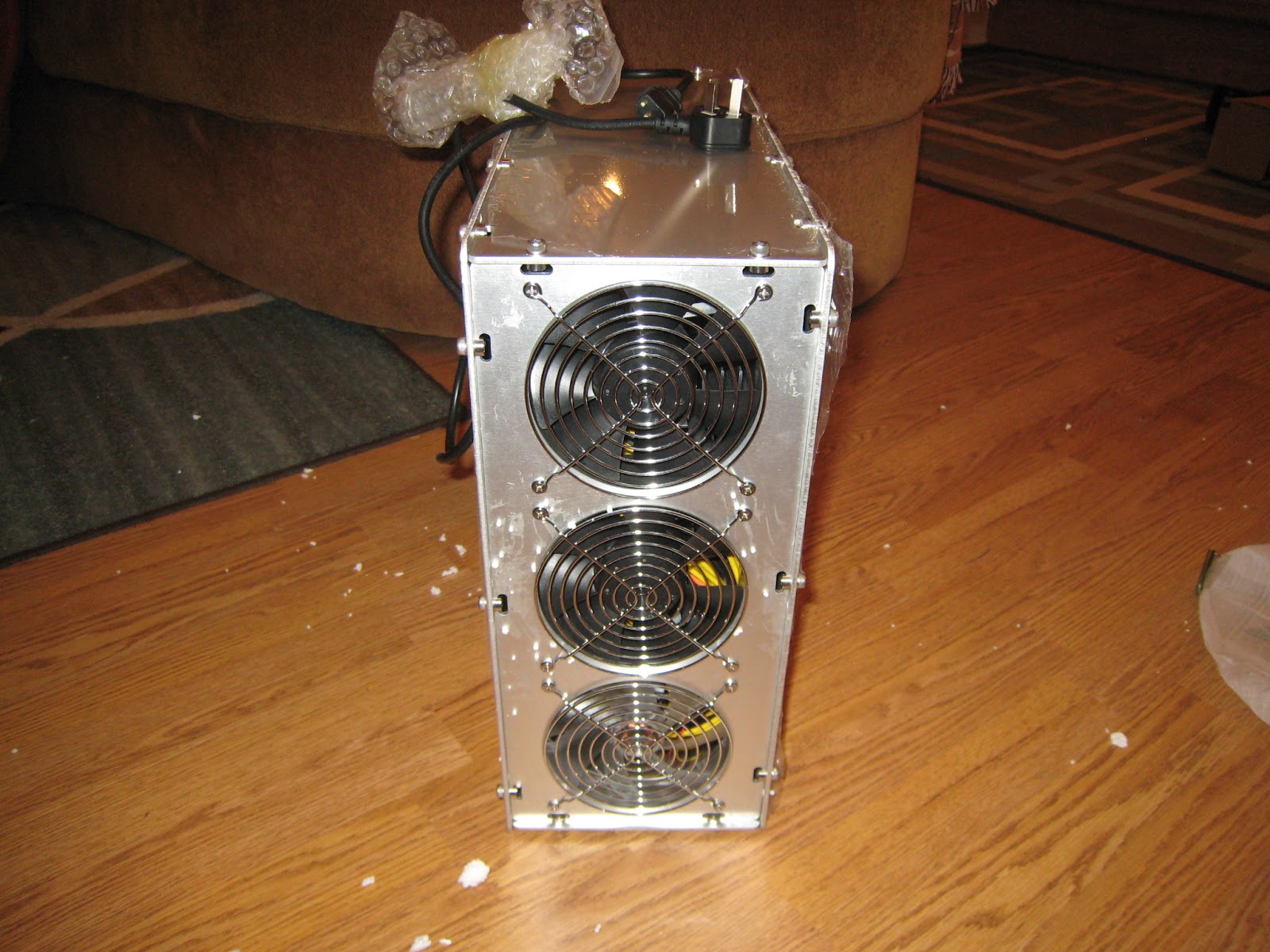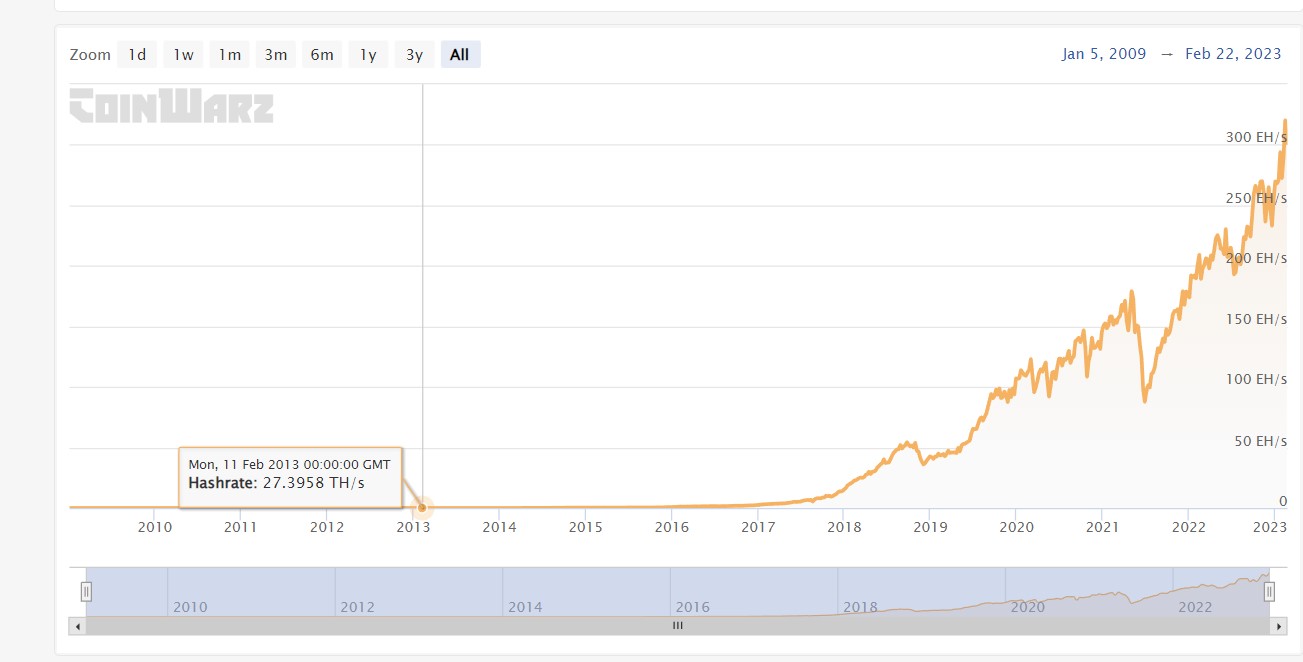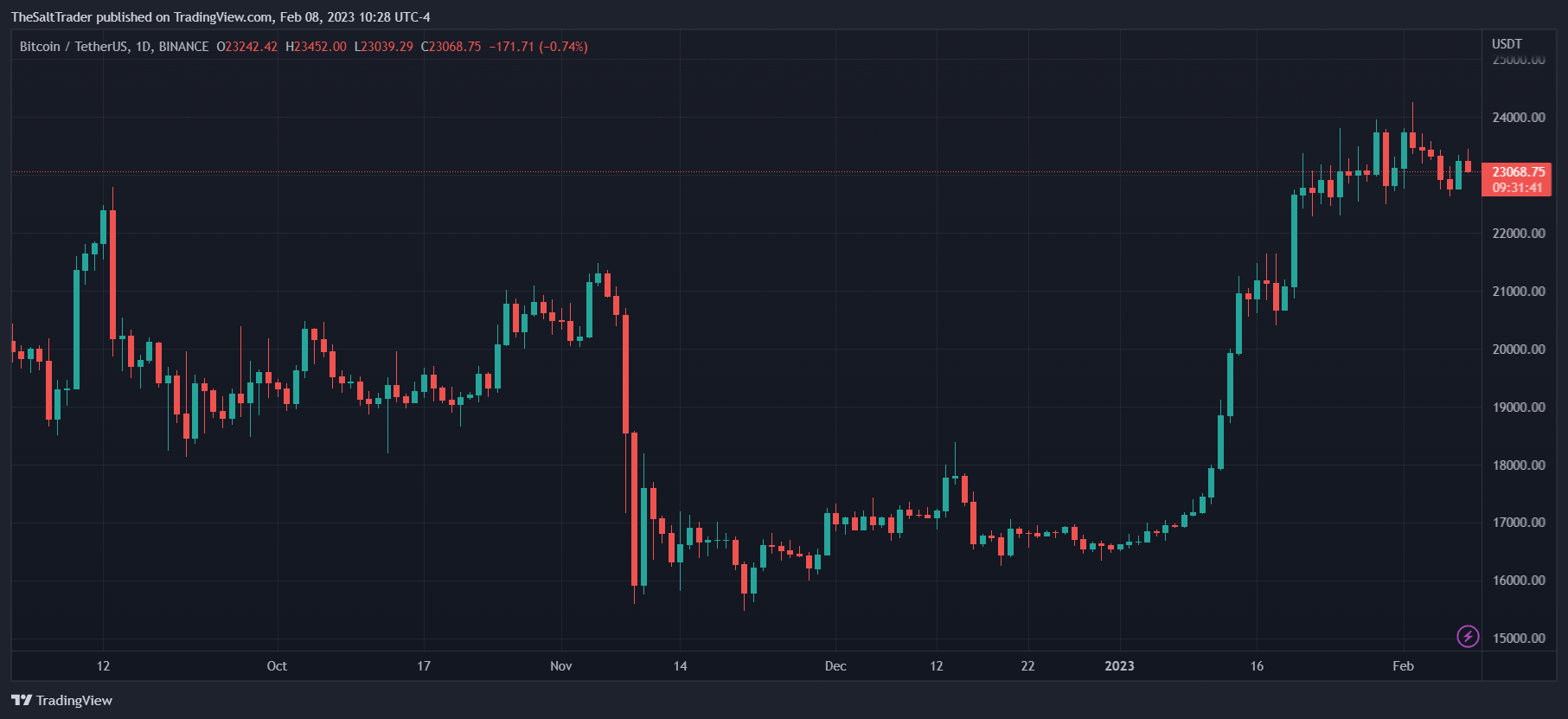The Bitcoin mining industry reached a significant milestone today as it celebrates ten years since the launch of the first application-specific integrated circuit (ASIC). This specialized BTC mining hardware forever changed how this blockchain and its actors interacted and gave birth to a new industry.
According to Bitcoin miner veteran and educator “TheCoinDad,” Jeff Garzik, an early adopter and BTC core developer, was among the first ASIC miner’s owners. This new hardware was launched by Canaan, a “world-leading supercomputing solution provider.”
FUN FACT
It’s the 10yr anniversary of Bitcoin ASIC Miners. Jan/Feb 2013 was when @VitalikButerin with @BitcoinMagazine interviewed @jgarzik with the 1st ever ASIC Miner released to market by @canaanio the Avalon1, and was making 12 Bitcoin a DAY! 😱💪🔥https://t.co/mkKoPR6Hng pic.twitter.com/80JbBQBf3F— TheCoinDad (@TheCoinDad) February 22, 2023
The Bitcoin Mining Industry Across A Decade
As TheCoinDad noted, Vitalik Buterin, inventor of Ethereum, was one of the first to cover the launch of BTC ASIC miners. In February 2013, Buterin interviewed Garzik for Bitcoin Magazine, a publication of which he is one of the co-founders.
Up until the launch of this specialized equipment, BTC miners were profitable by using less powerful computers. ASIC changed and continued to impact that dynamic by forcing miners to become ever more efficient in solving mathematical puzzles to validate blocks and earn BTC rewards, supported by the Proof-of-Work (PoW) consensus mechanism.
In 201, when Buterin was writing his article on the new hardware, there was skepticism in the Bitcoin community. However, Canaan delivered the first generation of Avalon ASIC models, capable of producing an average of 68,000 Mega hash/second (MH/s) when the total hashrate for the network stood at 22,000 GH/s.
Buterin wrote: “the long-awaited ASICs are indeed real.” As seen in the image below, the first ASICs were similar to desktop computers and, as Garzik revealed, were manufactured in China and could generate $240 in BTC daily, around 1 BTC in 2013 or $23,700 today.

According to Buterin, Garzik made the following additional notes on the ASICs’ functionality:
(…) once mining started it was very loud. Fans full blast, when initially powered on. The the fans flow down, and the noise cuts way down.
The Avalon models are in their 13th iteration and can generate over 130 Tera Hash/s with a power efficiency of 25 Joule per TH. Since launching these machines, the BTC mining industry has expanded into new geographies and markets.
Now, there are Bitcoin mining companies publicly traded in the U.S. stock exchange, with most operations using thousands of ASICs to scale and stay profitable. The proliferation of these specialized machines has coincided with the expansion of Bitcoin as a global asset, and the crypto industry has a sector dominated by speculators to attract some of the most important companies in the world.

The case could be made that the attention to BTC would have been slower without ASICs. This hardware brought attention and amplified the incentives for people to secure the Bitcoin blockchain unleashing a “Gold Rush” 2.0, but on the blockchain.

As of this writing, BTC trades at $23,700 with a 3% loss in the last 24 hours.
 bitcoinist.com
bitcoinist.com
